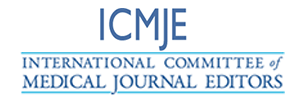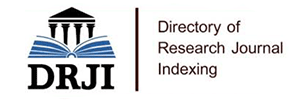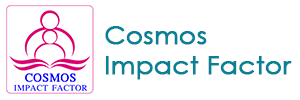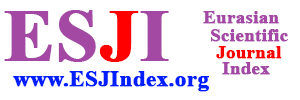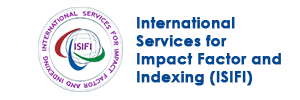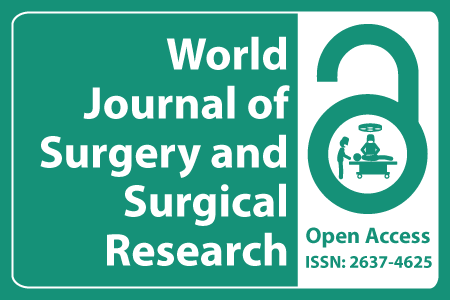
Journal Basic Info
- Impact Factor: 1.989**
- H-Index: 6
- ISSN: 2637-4625
- DOI: 10.25107/2637-4625
Major Scope
- Cardiovascular Surgery
- Trauma Surgery
- Ophthalmology
- Anesthesiology
- Colorectal Surgery
- Plastic Surgery
- Oral & Maxillofacial Surgery
- Bariatric Surgery
Abstract
Citation: World J Surg Surg Res. 2023;6(1):1508.DOI: 10.25107/2637-4625.1508
Cholesteatoma of Petrous Bone: Auditory Improvement with Surgical Treatment. Novel Application of the Posterior Retrosigmoid Approach
Arévalo-Sáenz A and Pedrosa Sánchez M
Department of Neurosurgery, Hospital Clinic San Carlos, Spain
Department of Neurosurgery, University Hospital La Princesa, Spain
*Correspondance to: Alejandra Arévalo Sáenz
PDF Full Text Case Report | Open Access
Abstract:
Introduction: Petrous Bone Cholesteatomas (PBCs) are epidermoid cysts, which have developed in the petrous portion of the temporal bone and may be congenital or acquired. There are different types according to Sanna's classification. Our case represents a type IV surgically treated with a retrosigmoid approach, very infrequently used, with postoperative audiometry improvement.
Report: 68-year-old patient with a history of right ear accused of more than 10 years of evolution and right facial paralysis of 6 months without improvement with corticosteroid treatment. In the imaging tests, epidermoid cyst growth of the right petrous bone with extension to cistern of the pontocerebellar angle among others is visualized. The patient was operated on microsurgically by means of a retrosigmoid craniotomy and neurophysiological monitoring with exeresis of a tumor compatible with cholesteatoma. Pathological anatomy subsequently confirmed this diagnosis. In the long term, the patient surprisingly improved his sensorineural deafness objectively through audiometric studies.
Discussion: The literature reflects the large number of surgical approaches used for this pathology. Facial palsy and hearing loss, as well as tumor size and age of the patient, are the markers that define which approach to use. Recovery from sensorineural deafness is highly unlikely according to reports in the literature.
Conclusion: Petrous Bone Cholesteatoma (PBC) is a pathology associated with neurosurgeons but sometimes as this case and since they can compromise the cerebellopontine angle and cranial nerves of this region represent a neurosurgical challenge.
Keywords:
Cholesteatoma; Petrous bone; Sensorineural deafness; Cerebellopontine angle; Retrosigmoid approach
Cite the Article:
Arévalo-Sáenz A, Pedrosa Sánchez M. Cholesteatoma of Petrous Bone: Auditory Improvement with Surgical Treatment. Novel Application of the Posterior Retrosigmoid Approach. World J Surg Surgical Res. 2023; 6: 1508..
